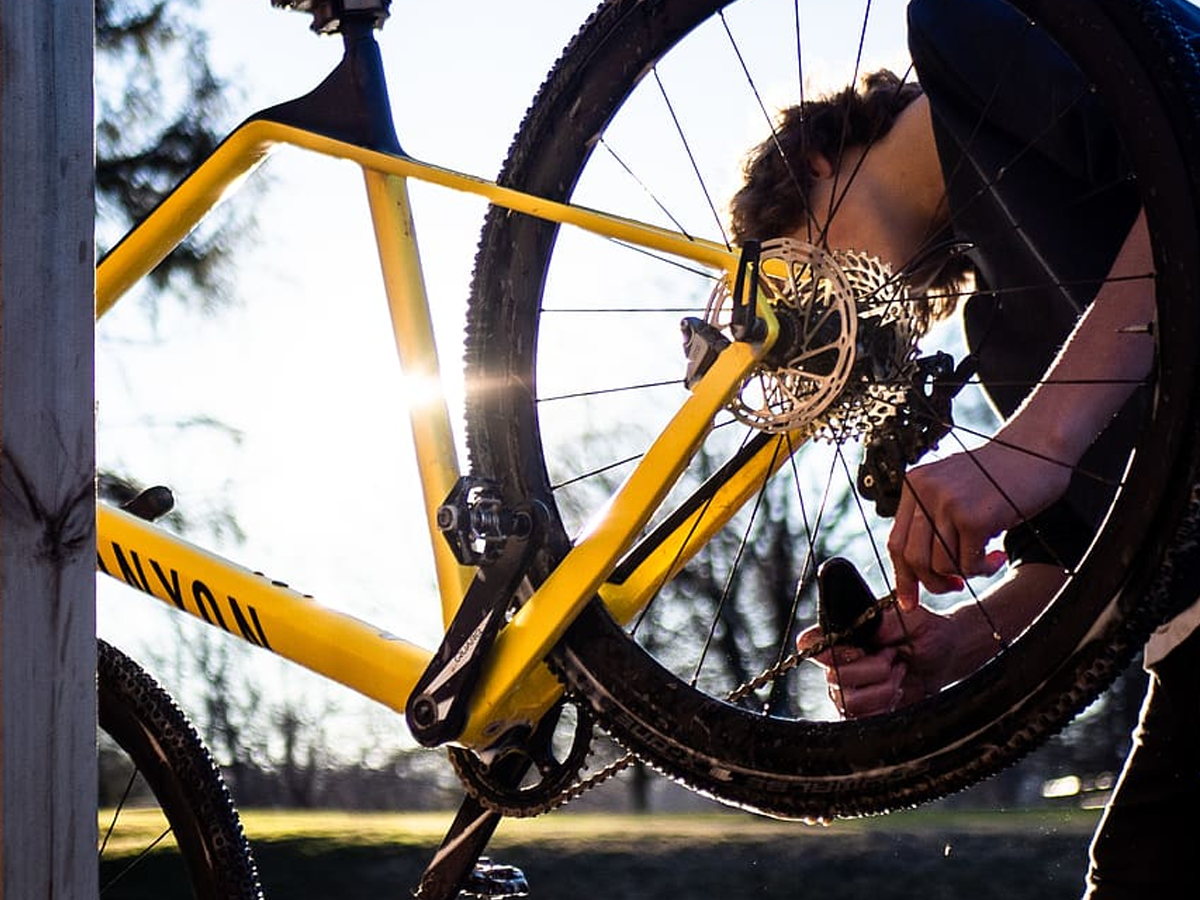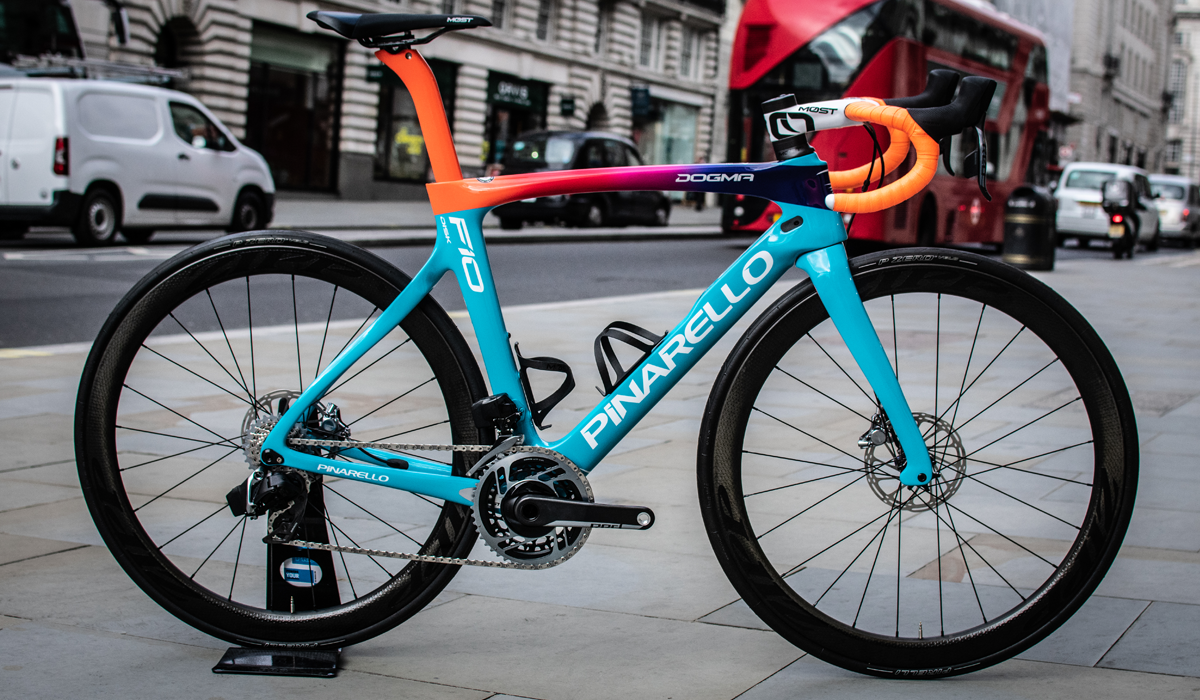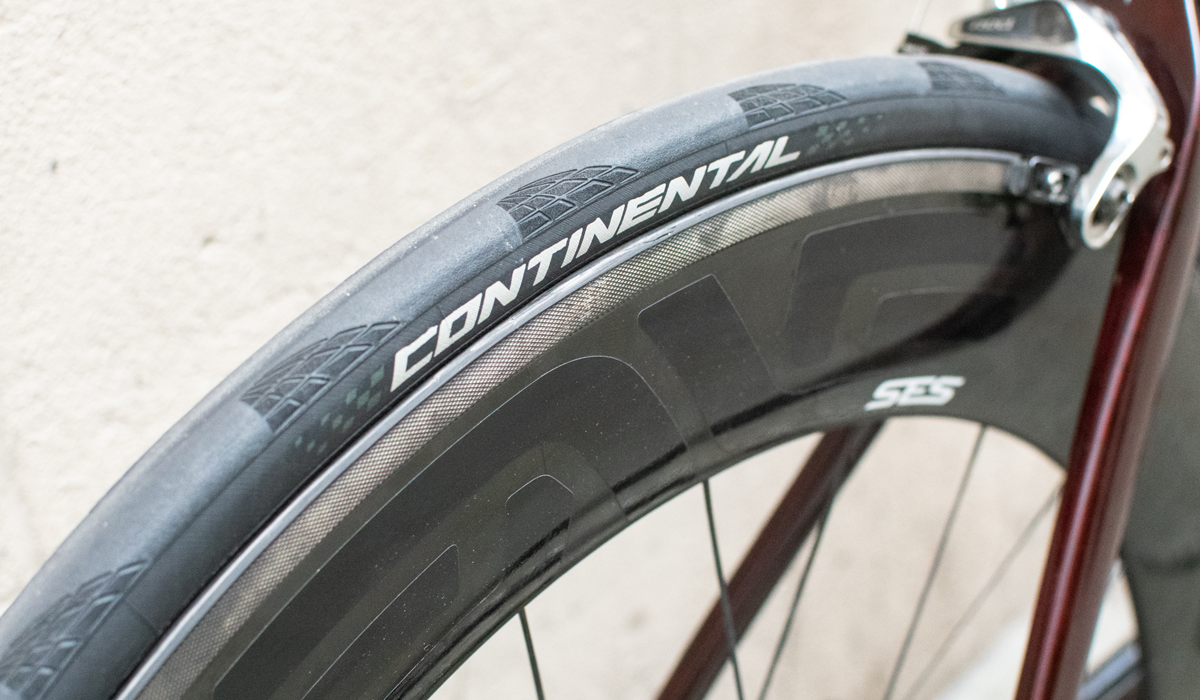8 Maintenance Tips Every Cyclist Should Know
Whether you are a weekend rider, committed racer, trail seeker, commuter or anything in between, bike maintenance is important for everyone.


Last updated: March 2023
Learning the basics of bike maintenance will future proof your steed just as much as learning to lock your bike securely or taking out specialist cycle insurance. Of course, for serious issues with your bike, your local bike shop should be the first port of call, but there are a few home basics you can master.
Keep your bike rolling smoothly and your money in your pocket by following these essential maintenance tips.
You may also be interested in:
Clean Your Bike

Keeping your bike clean is a basic maintenance routine that will improve the performance and lifespan of your bike. You can clean your bike in 6 easy steps:
- Degrease
- Sponge
- Drivetrain
- Derailleur
- Wheels
- Rinse and lube
It can be a bit of a chore, especially after a long ride, but the process will save you hundreds of pounds over the years.
Fix an Innertube
One of the first maintenance tricks we all learn is fixing a flat tyre. However, what about repairing the punctured tube?
Learning how to patch an inner tube correctly may prevent you getting stranded in the middle of nowhere, and also save you money in the long term. Many of us carry a spare tube in the back pocket, but what if you double puncture? That's where patching comes into play.
To fix an inner tube you’ll need a patch kit, tyre levers and a pump. There are tonnes of great videos that take you through the process, like the one we’ve shared above, so it’s good to learn and practice before you have an issue. Patching tubes rather than throwing them away is great for the environment too!
Index your gears
After riding your bike for a while, you will begin to notice that the gears don’t shift as well as they did when the last left the shop. Don’t worry, this isn’t a huge mechanical fault and – provided the derailleur and cables aren’t damaged – is something that can be rectified quite easily. Simply turn your rear derailleur barrel adjuster anti-clockwise about a quarter/half a turn to index it and then do the same on the front adjuster. As with everything on a bike, small adjustments make big changes. If the problems persist and you can feel that your cables are old and sticky, they will need to be replaced.
Get your tyre pressures right

Regularly checking your tyres is a useful habit to get into. Tyres slowly leak air over time, even if there isn’t a puncture, so if you haven’t ridden for a couple of days it’s important to inflate your tyres to the correct pressure.
How inflated your tyre is will affect the handling of your bike, the speed at which you travel and the comfort of your ride. The correct pressure is dependent on a lot of factors such as the conditions, road surface, tyre size and type of tyre but generally on a road bike you want to be staying between 80-100psi dependent on rider weight and then dropping by around 10psi when it is raining. Cycling brand Silca have a very helpful tyre pressure calculator anyone can use.
Check nuts and bolts
Your bike’s components are held together by nuts and bolts, so it is important to incorporate a check of these areas as part of your weekly once-over. You want the parts to be held together not too tightly but also not too loose. To correctly check these adjustments, use a torque wrench and a manufacturer’s manual to dial in the correct adjustment. Under-tightening will result in a noisy bike that has the risk of falling apart, while over-tightening could result in physical damage to the parts. A correctly adjusted bike is a quieter, safer bike.
Replace worn components
Stay on top of your bike’s maintenance by making sure you replace worn components. An issue with one component will quickly impact another component and before too long you find yourself in a spiral of wear and tear. For example, a worn chain will wear your cassette and chain rings down much faster. Often the components that are damaged as a result of a worn brake pad or chain, will be more expensive to replace than the originally damaged component. Keep on top of this domino effect by replacing things like brake pads early.
Ride a bike you can afford to

You don’t need to be riding on one of the world’s most expensive bikes to get the most out of your ride. It is important to ride a bike that you enjoy using and that you can afford to replace the parts on. This way you can put limited funds into the parts of the bike that don’t need replacing, i.e. the frame, and use the excess as a sort of maintenance kitty. After all, what’s the point of a lush racing machine that you’re too frightened to ride in all but the most perfect conditions?
Get your bike serviced
There’s only so much that you can do at home and whilst it is important to learn the basics of home maintenance, it is equally important to get your bike checked over by a professional once in a while. Getting your bike in the shop for a service every season will dramatically increase the lifespan and performance of your ride. The bonus of this regular check-up is that you know everything will be dialled in and adjusted correctly by a trusted mechanic and – in the long term – you will spend less on seasonal maintenance.
Now that you know some of the most integral bike maintenance tips have you thought about bicycle insurance being part of the same discussion? At Pedalsure, our bicycle insurance helps protect your bike against damage and theft, now that’s what we call bike maintenance.

